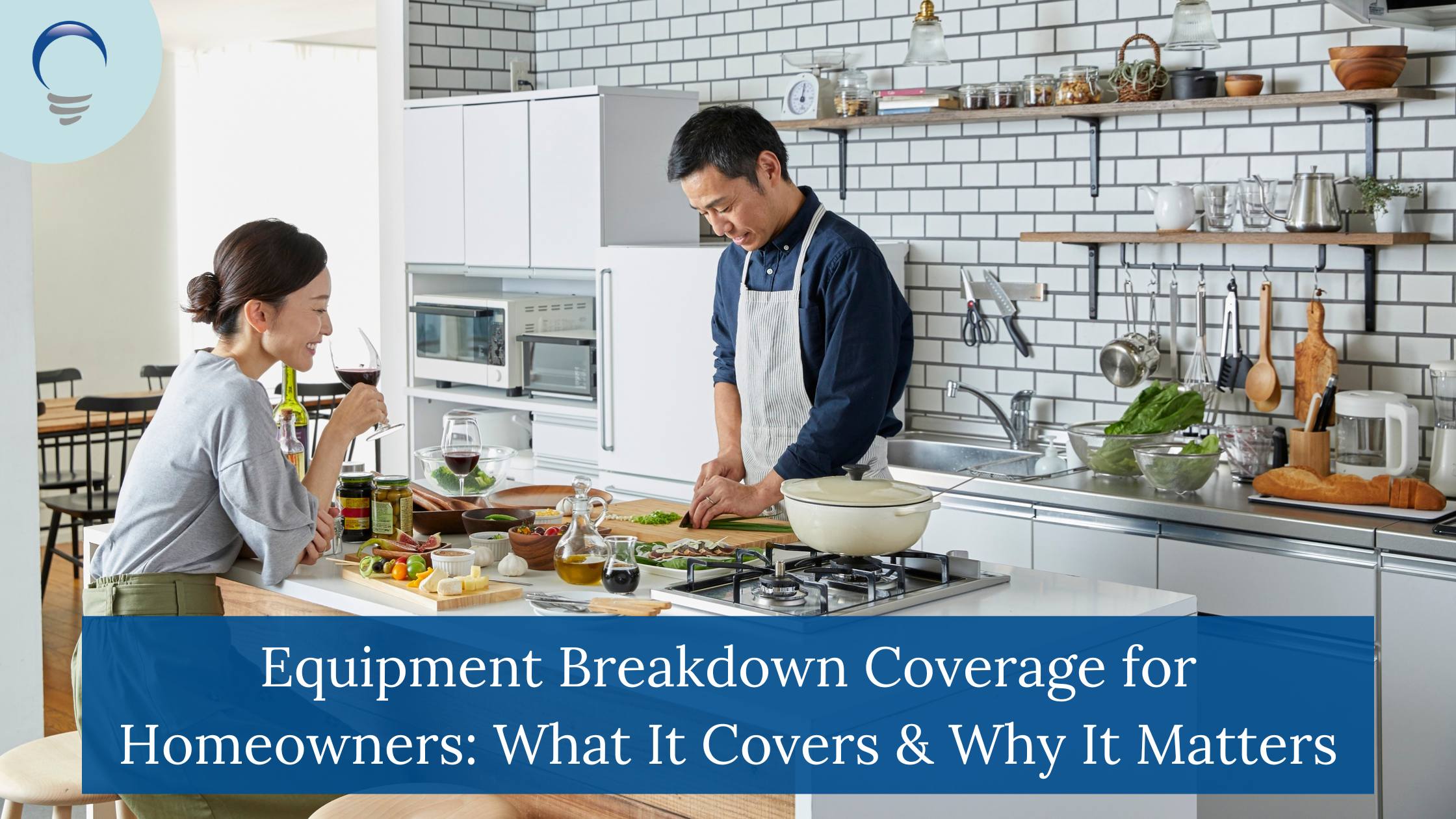
In home insurance lingo, a "covered loss" refers to those damages or losses your homeowners insurance policy covers and may reimburse you for. The damages must be related to your home, personal property, or other insured structures and must be damaged by a covered peril.
Exactly what is covered will depend entirely on the terms, conditions, and exclusions stated in the policy you've chosen. Each homeowners insurance policy is different, and it is imperative you understand what your policy covers in the event of a loss.
What Is Typically Covered by Homeowners Insurance?
Your homeowners insurance policy should contain enough coverage to help you repair or replace your home and belongings should they be damaged by covered perils, such as a windstorms, burglary, and fire. Typical covered losses in a home insurance policy may include damages caused by:
• Fire and smoke
• Wind and hail
• Lightning strikes
• Theft or vandalism
• Personal liability
Water damage and damage from falling objects (e.g., a tree falling on your house) also may be covered in a typical homeowners insurance policy – but, again, it will depend on what's in your specific policy and may be subject to additional limitations and deductibles.
Covered Loss vs. Covered Peril
"Perils" and "losses" are considered two sides of the same coin. What we mean when we talk about perils are those events with the potential to cause property damage, such as storms, floods, and other accidents or disasters. Losses, on the other hand, are the damages you've suffered due to those events. To be considered a covered peril and covered loss, it must be included in your insurance policy.
Exclusions & Limitations
Exclusions and limitations are common in homeowners insurance policies. These are the specific events or types of damage your policy does NOT cover. Common exclusions include floods and normal wear and tear. In some cases, you may need to purchase additional coverage to protect your home from these excluded perils. Separate coverage may include flood insurance, sinkhole protection, pool and patio screen enclosure coverage, or equipment breakdown and service line insurance.
How to Know What’s Covered & What’s Not
Covered losses usually involve unexpected or accidental damages. Property damage occurring due to wear and tear or neglected maintenance are not covered. Damages incurred during home improvement projects or due to faulty materials or poor workmanship are also typically not covered.
The easiest way to determine the difference between a covered loss and a maintenance-related issue is to remember the general principles governing auto insurance. Like home insurers, auto carriers also only provide coverage for unexpected or accidental events. They don't, for example, pay for general wear and tear to your vehicle associated with its daily use – such as replacing tires, brakes, or changing the oil. So, should a pipe in your home leak for months, resulting in major water damage, the damage may not be considered a covered loss, as it was not accidental nor unexpected.
Remember, your homeowners insurance carrier may deny a claim if damages were caused by wear and tear or improper maintenance. Therefore, it is crucial you identify and fix damage to your property the moment it presents itself and to not wait until the problem becomes worse.
Should a claim arise, report it immediately to Edison Insurance Company by calling us at (888) 683-7971 or submitting your claim online.
What You Need to Know
When dealing with a covered loss, it is important to understand several key aspects of your homeowners insurance policy:
Policy coverage: Know which perils are covered by your policy, which are excluded, and what type of additional or separate coverage you may need.
Deductibles: Be aware of your deductible amount and any specific deductibles associated with certain types of losses, such as hurricane damage.
Policy limits: Your policy will have limits on the amount of coverage provided for different types of losses. Make sure you understand these limits and consider whether they are sufficient to cover the cost of repairing or replacing your property in the event of a loss.
Claim filing process: Familiarize yourself with the process of filing a claim with your insurance company, including any deadlines for reporting a loss, the documentation required, and steps to follow in case of a dispute.
Actual cash value vs. replacement cost: Understand whether your policy provides coverage based on actual cash value, which takes depreciation into account, or replacement cost, which doesn't.
Understand Covered Losses to Protect Your Home
To fully understand what your home insurance policy covers, it's crucial to read your policy documents carefully and discuss any questions or concerns with your insurance agent. Knowing what constitutes a covered loss will help you make informed decisions about your insurance coverage and ensure you're adequately protected in the event of damage or loss.
At Edison Insurance Company, our No. 1 priority is keeping you and your home safe and protected. To find out more about what constitutes a covered loss in your homeowners insurance policy, contact your agent. Want to become an Edison policyholder? You can get a quote, quickly and easily, on our website.
Need an expert’s opinion?
We work with thousands of agents located in a neighborhood near you. To discuss your insurance needs, contact one of our agent representatives.
Click here view our Contact page

Protect your home and condo


Keep your family safe with these brilliant coverage options
Edison sheds light on important insurance topics.
Our Blogs contain useful tips, manuals, and checklists to keep your policy up-to-date, and your home and family safe.








